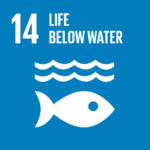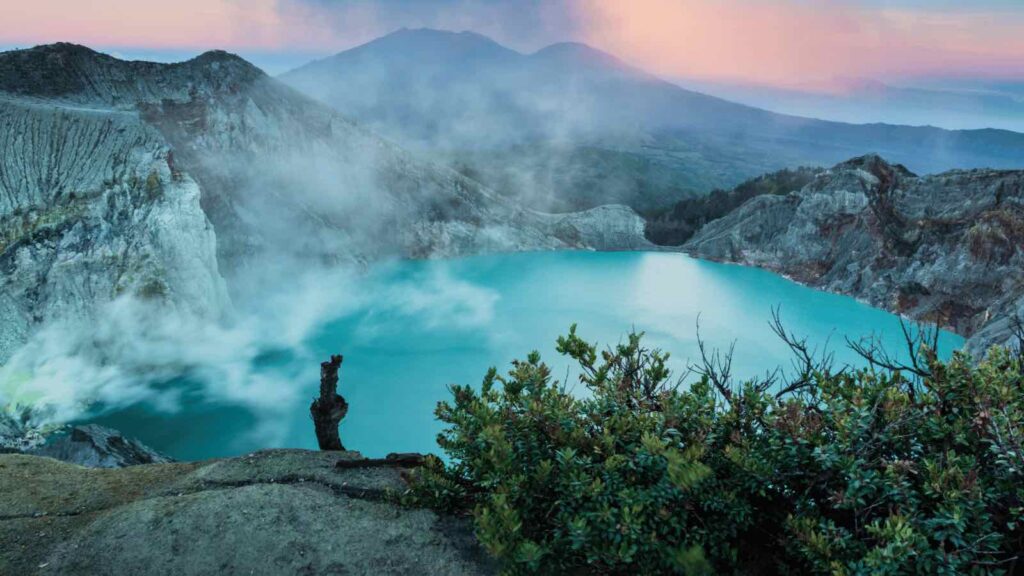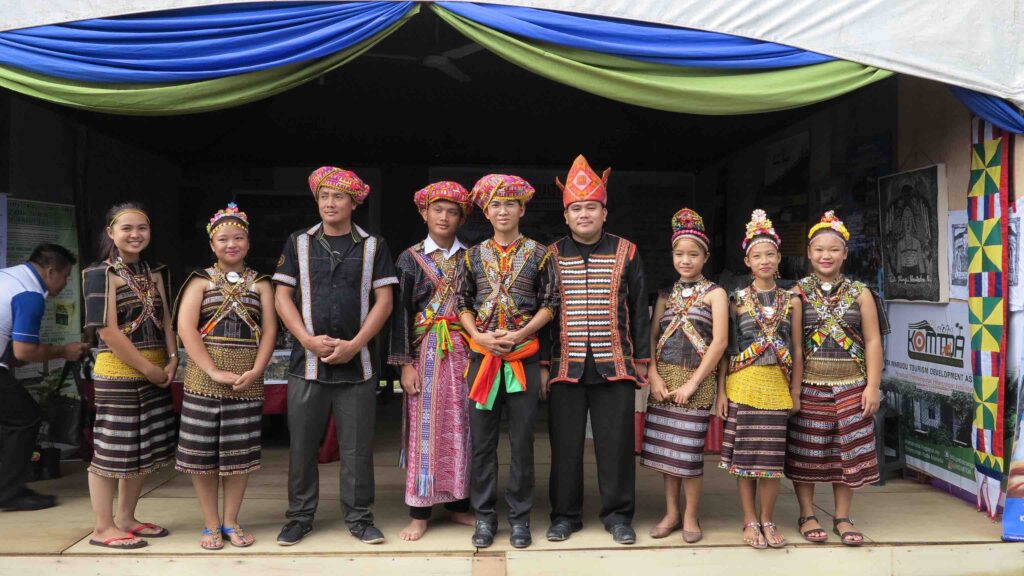Discover the Latest UNESCO Global Geoparks: 18 New Sites Added to the Network.
In an exciting development for geology enthusiasts and nature lovers, UNESCO’s Executive Board has officially endorsed the addition of 18 new sites to the UNESCO Global Geoparks network. This significant expansion brings the total number of geoparks to an impressive 195, spanning across 48 countries. Among the new additions, both New Zealand and the Philippines are joining the prestigious network, showcasing their remarkable geological heritage to the world.
RELEVANT SUSTAINABLE GOALS



UNESCO GLOBAL GEOPARK
Established in 2015, the UNESCO Global Geopark label serves as a recognition of the outstanding geological heritage that holds international significance. These geoparks play a vital role in the conservation of geological sites while fostering public outreach and embracing sustainable development practices that benefit local communities.
The 18 newly designated geoparks contribute to the diverse tapestry of the UNESCO Global Geoparks network, covering an extensive surface area of 486,709 square kilometers. To put it into perspective, this area is equivalent to twice the size of the United Kingdom, highlighting the vast geological wonders awaiting exploration. Let’s delve into some of the captivating details about these newly added geoparks:
(1) Brazil: Caçapava UNESCO Global Geopark Located in Rio Grande do Sul State, this geopark holds great economic significance for the region. Its geological heritage, including mining sulfide metals and marble, has played a vital role in fostering the area’s economic development. The sedimentary deposits of volcanic origin provide a remarkable record of the transition of the South American Platform from the Ediacaran period to the Cambrian period, dating back 600 to 500 million years ago.
(2) Brazil: Quarta Colônia UNESCO Global Geopark Situated in the south of Brazil, this geopark boasts a rich cultural heritage. Its name pays homage to the period when Italians colonized the central part of Rio Grande do Sul. Filled with colonial villas and traces of indigenous settlements, this geopark is also renowned for its fossils, including the oldest dinosaurs on the planet.
(3). Greece: Lavreotiki UNESCO Global Geopark Celebrated for its abundance and variety of mineralogical specimens, this geopark is globally recognized for its silver extraction from mixed sulfide deposits. It is also home to the Byzantine Holy Monastery of St. Paul the Apostle, which continues to promote ‘Orthodox monasticism’ and preserve the traditional technique of fresco mural painting using natural colors ground from rock.
(4). Indonesia: Ijen UNESCO Global Geopark Strategically located in East Java Province, this geopark has served as a crossroads for human migration and commerce. The presence of the highly active Ijen volcano, featuring the world’s most acidic crater lake and its mesmerizing blue flames visible at night, makes this geopark an extraordinary destination for adventurous explorers.
(5). Indonesia: Maros Pangkep UNESCO Global Geopark, located in the beautiful Sulawesi island. This geopark boasts breathtaking karst towers, an archipelago with coral reef islands, and evidence of ancient life forms.
(6).Indonesia: Merangin Jambi UNESCO Global Geopark. Journey through time as you explore the fossilized plants of the Jambi flora, dating back millions of years. This geopark also offers fascinating karst landscapes and prehistoric artifacts.
(7). Indonesia: Raja Ampat UNESCO Global Geopark, Indonesia: Dive into the underwater paradise of Raja Ampat, where you’ll find the oldest exposed rock unit in Indonesia and stunning cave art left by prehistoric humans.
(8). Iran: Aras UNESCO Global Geopark. Delve into the Permian-Triassic Boundary, a geological marvel with traces of a historic extinction event. This geopark also shelters endangered wildlife species and connects diverse cultures.
(9). Iran: Tabas UNESCO Global Geopark. Step into a geological paradise where you can witness the Earth’s evolution spanning billions of years. Tabas Geopark is a haven for rare plants and a vital habitat for the Asian cheetah.
(10). Japan: Hakusan Tedorigawa UNESCO Global Geopark. Immerse yourself in 300 million years of Earth’s history, where you’ll encounter ancient fossils, volcanic formations, and the majestic Mount Hakusan.
(11). Malaysia: Kinabalu UNESCO Global Geopark. Towering over the landscape, Mount Kinabalu reveals the Earth’s geological secrets, including ultramafic rocks and unique landforms. It is also home to a plethora of endemic flora and fauna.
(12). New Zealand: Waitaki Whitestone UNESCO Global Geopark. Embark on a captivating journey through New Zealand’s first UNESCO Global Geopark, nestled along the mesmerizing east coast of the South Island. Encompassing a vast area of 7,214 km2, stretching from the Waitaki Valley to the base of the Southern Alps, this geopark boasts landscapes, rivers, and tides of immense cultural significance to the local indigenous people, the Ngāi Tahu whānui. Delve into the intriguing history of Earth’s eighth continent, Zealandia, also known as Te Riu-a-Māui in Maori. Witness the evidence of Zealandia’s formation, its separation from the ancient supercontinent of Gondwana around 80 million years ago, and its eventual emergence from beneath the ocean, marking the beginning of New Zealand’s mountain-building phase. Immerse yourself in this captivating geopark and discover the wonders of a continent still largely submerged, offering a unique glimpse into our planet’s geological past.
(13). Norway : Sunnhordland UNESCO Global Geopark. Prepare to be awe-inspired by the breathtaking landscapes of Sunnhordland UNESCO Global Geopark in Norway. From glacier-covered alpine mountains to enchanting archipelagos with thousands of islands, this geopark is a testament to the forces of nature. Explore the geological wonders shaped by 40 ice ages, where glacial erosion has left its mark. Marvel at the Hardangerfjord Fault, a geological boundary separating a billion years of evolution. Witness firsthand how volcanic systems have played a crucial role in continent-building. This geopark serves as a meeting point for two remarkable orogenic belts, revealing the intricate geological history of our planet. Traverse the Southside, where continental volcanic arcs from 1.5 billion years ago await, and venture to the Northside, where bedrock from the oceanic crust and an island arc system dating back 500-450 million years beckon.
(14). Philippines: Bohol Island UNESCO Global Geopark. Step into the Philippines’ first UNESCO Global Geopark and prepare to be enchanted by the geological wonders of Bohol Island. Situated in the picturesque Visayas island group, this geopark offers a fascinating journey through 150 million years of geological history. The island’s turbulent tectonic past has led to its emergence from the ocean depths, leaving behind limestone formations that define its unique karstic landscapes. Explore an abundance of karstic geosites, including caves, sinkholes, and the iconic Chocolate Hills, cone-shaped wonders nestled in the heart of the geopark. Dive into the depths of the Danajon Double Barrier Reef, a rare gem in Southeast Asia and one of only six documented double barrier reefs worldwide. Marvel at 6,000 years of coral growth and witness the rich subterranean and marine heritage that Bohol Island has to offer.
(15). Republic of Korea: Jeonbuk West Coast UNESCO Global Geopark. Maros Pangkep UNESCO Global Geopark, located in the beautiful Sulawesi island. This geopark boasts breathtaking karst towers, an archipelago with coral reef islands, and evidence of ancient life forms.
(16).Spain: Cabo Ortegal UNESCO Global Geopark- where ancient rocks emerged 400 million years ago, revealing the collision that birthed Pangea. Witness remnants of the monumental event, when continents collided and rocks thrust to the surface, shaping the supercontinent Pangaea. Delve into the captivating history, explore copper mines showcasing intense thermal activity, and witness unique volcanic chimneys called fumaroles.
(17). Thailand: Raja Khorat UNESCO Global Geopark: Immerse yourself in its rich paleontological heritage, where dinosaur fossils and ancient elephant remains have been unearthed. Traverse sand and gravel deposits, revealing the secrets of a bygone era through petrified wood. Experience the vibrant Thai Khorat Culture, alongside extraordinary fossils that earned the geopark the title of “Paleontopolis” of the world.
(18). United Kingdom: Mourne Gullion Strangford UNESCO Global Geopark. Witness the closure of the Iapetus Ocean and the birth of the North Atlantic Ocean over 400 million years. Marvel at diverse glacial features, shaped by the interplay of mountain and coastal environments. This geopark’s compact area holds tangible evidence of ice development and movement during the last Ice Age, while its human history adds depth to its geological narrative
Check the full list of 195 UNESCO Global Geoparks in 48 countries here.





